Table of Contents
Quality Service Guarantee Or Painting Free

Get a rental agreement with doorstep delivery

Find the BEST deals and get unbelievable DISCOUNTS directly from builders!

5-Star rated painters, premium paints and services at the BEST PRICES!
Loved what you read? Share it with others!
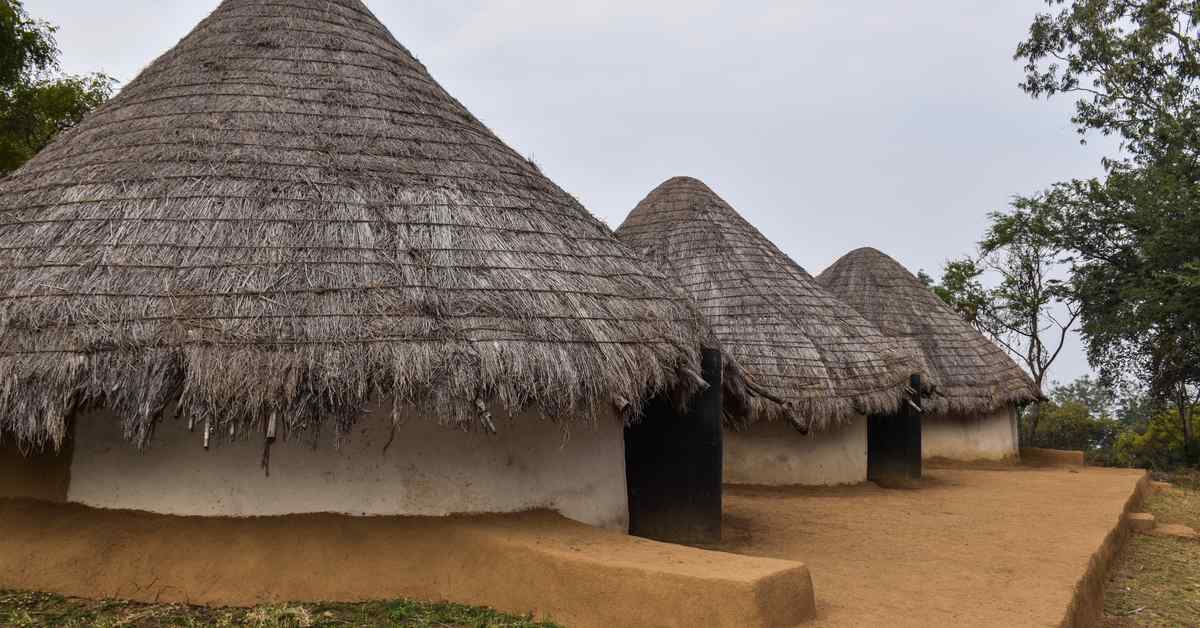
Kutcha House - Construction, Purpose and Significance!
Table of Contents
What is a kutcha house you ask; well, these are temporary houses that can be found built all across the country. The materials used to build kutcha houses are easily found in the forest and other natural surroundings in the area where they are constructed. These houses are considered need-based houses and then they can be built into more permanent structures. The materials used for kutcha houses are natural, and thus are not able to prevent the infiltration of the environment, but they serve the purpose of sheltering those who live within them.
To understand the kutcha house meaning, you need to know that any house, where the walls are made up of bamboo, mud, grass, reed, stones, thatch, straw, leaves and unburnt bricks, is known as a kutcha (kulcha) house. These are not permanent structures like flats or buildings. Kutcha houses are usually seen in rural areas or in cities where workers choose to make make-shift homes.
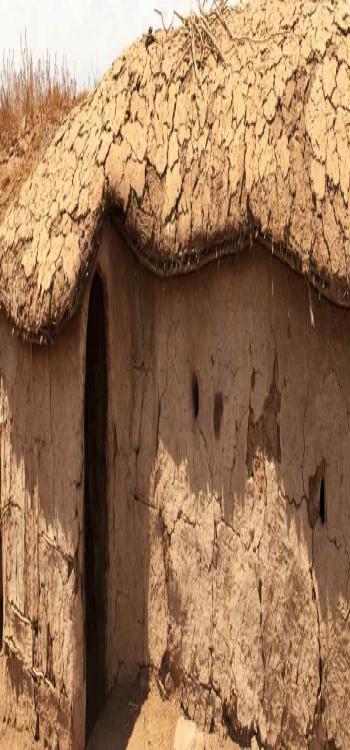
Investment in a pucca house is expensive, which is why the poor opt for temporary structures. About the Kutcha house, these form an ideal abode for many families, and under the UN guidelines, they are considered as a shelter.
Quality Service Guarantee Or Painting Free

Get a rental agreement with doorstep delivery

Find the BEST deals and get unbelievable DISCOUNTS directly from builders!

5-Star rated painters, premium paints and services at the BEST PRICES!
Why We Need Shelter?
- To protect ourselves from harsh weather conditions
- To protect ourselves from wild animals
- To keep ourselves safe, secure and comfortable
The house type depends upon the climate and weather of the area. Houses are built with readily available materials in the area.
Common Materials Utilised in Kutcha Houses
Some of the common materials that are used in Kutcha houses are primarily derived from nature. As sourced from nature, they are not only cheap (completely free in many cases), but are also extremely eco-friendly – meaning cool summers, and warm winters. That said, they are not durable, given that is made up of raw materials such as bamboo, reeds, thatches, stones, grass, unburnt bricks, mud etc.
Kutcha Houses: Advantages and Disadvantages

Some of the Advantages/ Benefits of a Kutcha House are:
- They are cost-effective given they are made up of materials easily found in nature. Compared to pucca houses, they do not need expensive concrete, bricks, metals etc.
- They provide great insulation meaning cool summers and warm winters
- They are eco-friendly and biodegradable, which means they do not cause pollution due to the use of artificial items
Some of the Disadvantages of Kutcha Houses are:
- While they are cost-effective to build, kutcha house designs are unstable as they are not made up of durable materials. This means the cost of repairing a kutcha house will be higher than pucca houses.
- Kutcha houses are biodegradable meaning they will be more prone to wear and tear, requiring frequent repairs.
How to Distinguish a Kutcha House?
Kutcha houses are mostly found in remote areas and villages and are built with readily available material like wood, stones, clay, mud, leaves, thatch or crop residue. Kutcha house materials are generally nature-based; thus, these houses are not durable and are thus called kutcha houses.
Kutcha Houses in India as Per Census 2011
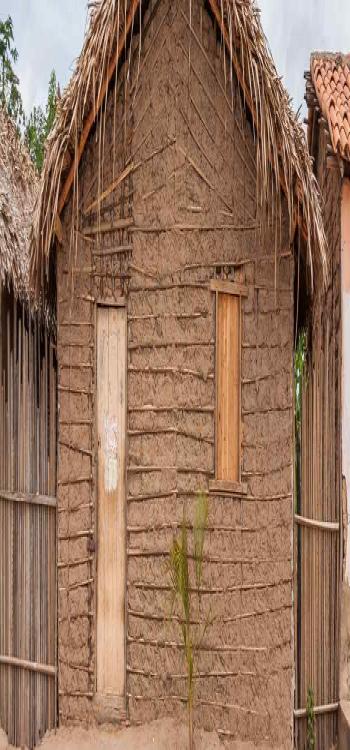
The highest percentage of ‘good’ houses in 2011, according to that year’s census, was in Goa (76%) and the least number of these houses was in Odisha (29.5%). However, at 5.4% which was the national average, dilapidated houses also featured in the Census 2011. West Bengal had the highest number of dilapidated houses in 2011 and Goa, the least with only 1.5%. Census 2011 also featured permanent, semi-permanent and temporary houses. Of these, the last two categories together made up 48% of the houses.
However, there was a wide difference between rural and urban areas, in housing stock in 2011. The difference was as much as 33% in permanent houses, 20% in semi-permanent houses, 13% in temporary houses and 7.8% in serviceable and 5.2% in non-serviceable temporary houses.
Types of Kutcha Houses
Depending upon the material used, kutcha houses may look different from each other. However, they constitute a semi-permanent or temporary accommodation, running the risk of destruction owing to floods, cyclones, earthquakes and other natural disasters and security threats due to crime.
The following are some of the most prominent and well-known kutcha house examples that can be found across the country and the world at large – depending on the types of rooms to have in a house:
Caravans: In ancient times some people used to carry their goods on bullock carts and camels. They used to move from one place to another in groups, in search of markets for their goods. Such people were known as nomads. Their moving houses were called caravans – a great example of kutcha houses on the move. Nowadays, a caravan refers to a special vehicle that has all the facilities of a house.

Igloo: These houses are also known as snow houses or snow huts. Igloos are found in Greenland and the Arctic region of Canada. People who live in Igloos are called Eskimos. Igloos are made of snow and ice blocks. Though they are made of ice they are warm inside.
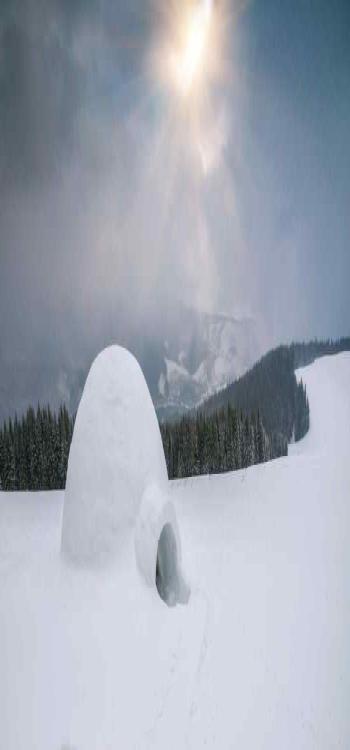
Houseboats: In India, houseboats are found in Dal Lake in Kashmir and Kerala. Such boats have all the facilities of a house.

Stilt houses: They are also known as pile dwellings or palafitte. These houses are built on piles of soil or water. These houses can be found in flood-prone areas.
Amenities in Kutcha Houses
Those living in kutcha houses often struggle for basic amenities, such as access to clean water, 24/7 electricity, bath/toilet facility at home or even LPG/PNG in the kitchen.
Difference Between Kutcha and Pucca House
| Kutcha house | Pucca house |
| Made of easily available raw materials, like mud, straw, stones or wood. | Built with iron, bricks, cement, steel, etc., to form a concrete structure. |
| Owned by the economically/financially handicapped sections. | Owners are above the poverty line. |
| An unstable structure often runs the risk of being damaged by natural disasters or criminal actions. | Stable and concrete buildings cannot be broken into easily. |
| Often built as makeshift accommodations. | Permanent accommodations counted as an investment. |
| Owners have very basic amenities | Owners/residents enjoy amenities as per their income standard. |
| Room demarcations may or may not be present. | Rooms are demarcated and there are dedicated bedrooms, hallways, living rooms, kitchens and baths, in such units. |
Pucca houses are strong houses. They are made up of wood, bricks, cement, iron rods and steel. Flats and bungalows are pucca houses. Such houses are called permanent houses. Kutcha houses are made up of wood, mud, straw and dry leaves. Caravan, tents and houseboats are examples of kutcha (temporary) houses. Differences between kutcha and pucca houses.
The houses which are made up of mud, grass, straw etc are called kutcha houses. A kind of house, where the walls are made up of bamboo, mud, grass, reed, stones, thatch, straw, leaves and unburnt bricks, are known as kutcha (kuccha) houses. These are not permanent structures like flats or buildings.
As we all know the three basic needs of any person are Roti, Kappada and Makan. So be it wherever you would like to live, you must find yourself a home. You can then make this home of yours, the palace of your dreams. So, now, if you are planning to get your very own place anywhere, worry not, NoBroker shall have you covered. You can find homes on rent for any budget and SAVE on brokerage. Click the link below and start your search. You can even drop us a comment with your requirement and we will assist you.
FAQ
Ans. Yes, units under the PMAY Gramin are meant for those who cannot afford a property on their own and are living in kutcha houses, with little or no access to basic amenities.
Ans. There are fewer kutcha houses in cities but these are not altogether uncommon. Often, people build makeshift houses in cities’ peripheral areas.
Ans. People who live in kutcha houses are generally those who live in a place for a short period or people who cannot afford a pucca house.
Ans. They are made out of mud, straw, bamboo and seeds, so naturally, they will not hold during intense weather. These houses are not very strong. These houses are called temporary houses. They can get damaged easily.
Loved what you read? Share it with others!
Most Viewed Articles

15 Safety Rules at Home for Kids
May 18, 2020
418958+ views
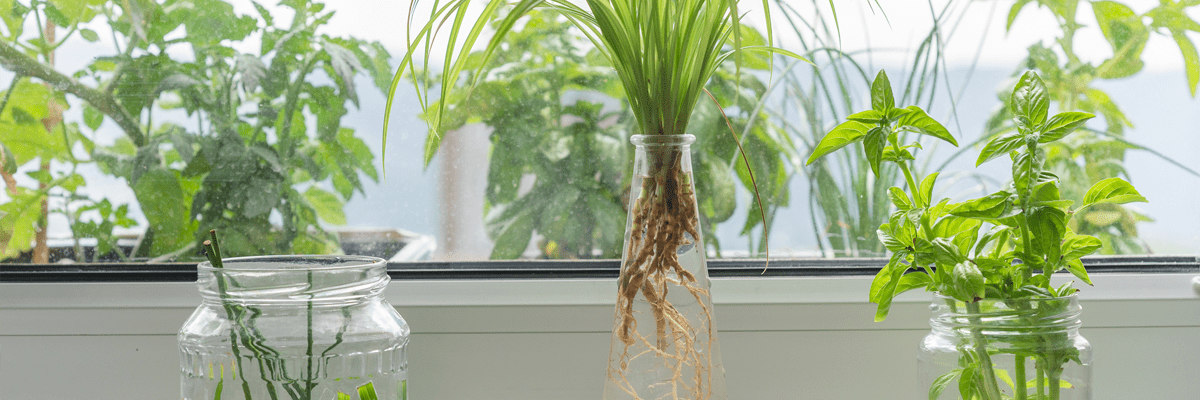
Plants That Need Only Water to Grow and How it is Different from Hydroponics
July 27, 2023
123215+ views

Kutcha House - Construction, Purpose and Significance!
January 15, 2025
57711+ views

10 Best Ways to Get Rid of Houseflies at Home: DIY & Quick Fixes for 2026
January 31, 2025
51775+ views
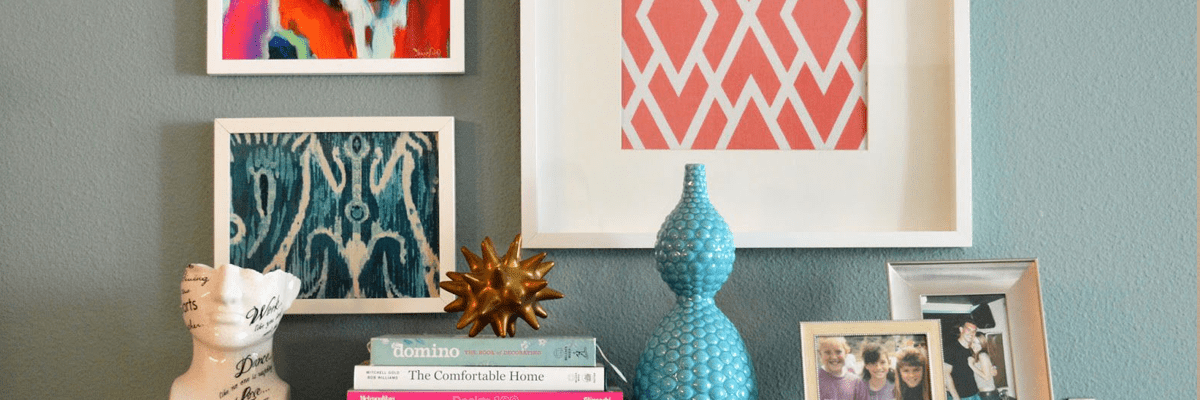
Best Out-of-Waste Ideas to Decorate Your Home
January 31, 2025
47489+ views
Recent blogs in
How to Start a Terrace Garden - Ideas & Design Guide 2026
August 20, 2025 by NoBroker.com
Indoor Gardening Tips & Techniques for Beginners
August 20, 2025 by Anda Warner
5 Budget-Friendly Ways to Decorate Your Balcony
January 31, 2025 by NoBroker.com
How to Keep Your House Smelling Good All the Time?
January 31, 2025 by NoBroker.com
DIY Christmas Decoration: Tree Craft and More
January 31, 2025 by NoBroker.com









 Full RM + FRM support
Full RM + FRM support
Join the conversation!